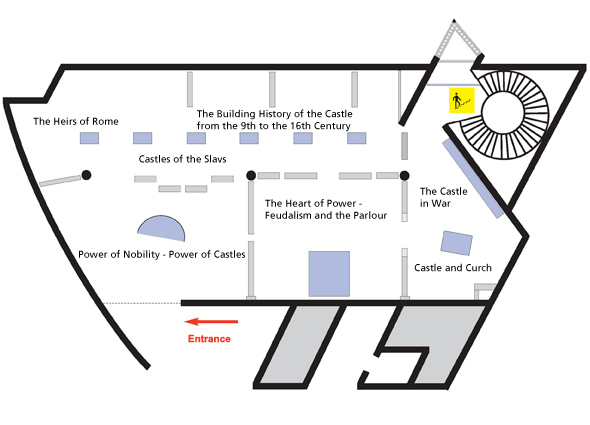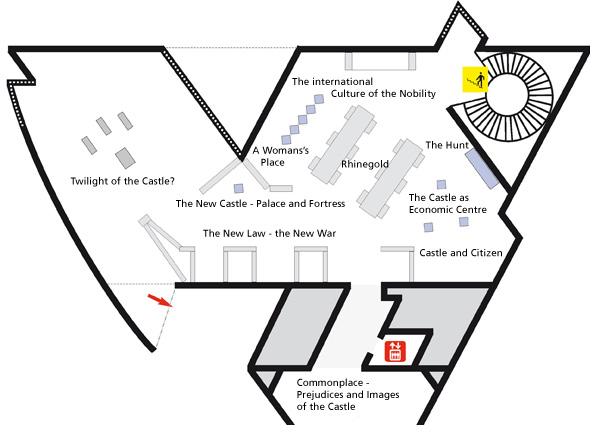

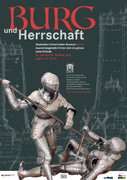
The early rule of the Carolingians offered the realm of the Franks a period of peace from 751 to 814. However, from the 9th to the 11th centuries bands of Scandinavian peoples crossed the North and Baltic Seas and exploited the European waterways for their forays. These swift intruders were called "nordmanni", or Norsemen. The cumbersome array of arms-bearing freemen were virtually helpless against them. Then from 899 to 955 the Magyars, nomadic horsemen from Hungary, plundered parts of Central and Western Europe. Their devastation weakened the prestige of the Carolingians and fostered the rise of local rulers. Fortresses were erected throughout the empire. Armoured, battle-trained horsemen, so-called cataphracts from the ranks of the nobles, formed the core of the army from then on. They were rewarded for their service with land. In the eastern part the Frankish kings Heinrich I and Otto I succeeded in founding a new dynasty. From it arose the Holy Roman Empire of the Germans. In the 10th century many of the Norsemen and Hungarians accepted the Christian religion and settled down in their countries.
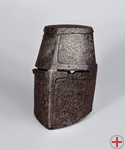
The 11th century saw the beginning of the castle's heyday. The ruling classes left their enclosed rural settlements and built "fixed houses" in raised locations. Guiding form and core element was the donjon; this vantage point was at the same time a towering sign of power. Aristocratic "houses" were named after their "ancestral" castles, even when relocations led to name changes.
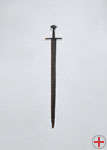
In the 12th and 13th centuries the donjon transformed itself in the ideal case into an ensemble of living quarters, great hall and keep, surrounded by a fortified wall with its gate tower. One or more outer baileys could contain outbuildings, stalls as well as further living quarters and agricultural buildings.
The prime period of the castle mirrors a constitutional change: power shifted from the king to the territories, while cities and castles secured old and new legal entitlements. The winners of this far-reaching restructuring were the princes, who secured their regional power with new buildings and extensions. Their urban residences and the rural seats of their officials later became the high point and sequel to castle construction.
Castle construction remained a royal prerogative into the High Middle Ages. Until the end of the Carolingian empire at the latest, dukes and princes carried out this privilege on behalf of the king. The growing importance of the aristocratic knighthood, their feudal integration into the system of rule and their protective function in the inland colonization< resulted in the installation of the nobles' own fortifications.
While the "Sachsenspiegel" and the Friesian "Brokmerbrief" represent offshoots of an older monopoly on fortifications, the "Statutum in favorem principum" of 1231 marked the surrender of the royal prerogative in favour of the nobility.
Most castles were erected between the 11th and the 14th centuries. They were not only built on land the nobles owned outright, the "allodium", but also on behalf of powerful liege lords. Castles were always built by experienced master builders who were well-acquainted with the difficult techniques of stone construction. Although stone castles had superior defensive attributes, complexes constructed entirely of timber continued to be built on into the Late Middle Ages.
